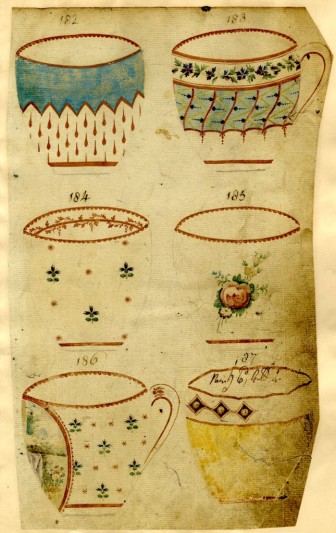A unique unpublished witness to the Syon Abbey requiem offices; it includes the liturgy used at the death bed of the Nuns and the offices of the dead include obits for Henry V, Edward IV and their queens and for other benefactors.
Search FNL grants since 1931
A document of great importance for Yorkshire history and the study of open field systems and land division. A secular cartulary, probably drawn up for Thomas Bank of Bank Newton, c. 1433.
Collection contains 8 unpublished plays and novels written either by Orton or by Orton and Halliwell, as well as Ortons own typescripts of all his published plays, and annotated production scripts; Edna Welthorps letters and carbon copies of Ortons replies.
Bales was the greatest English calligrapher of the Elizabethan age, and these Latin verses are a fine example of his exquisite penmanship. The Latin verses were probably written as a flattering present for Archbishop John Whitgift from whom Bales hoped for patronage. Illustrated at p.
A slim unpretentious volume of tile designs is one of only three known survivng examples of Mintons first trade catalogue. Herbert Minton perfected a method of making encaustic titles for church floors using medieval methods and designs.
Two designs for fire grates, two designs for a garden temple and plans and an elevation of houses for the Genovese recorded as a design for a building in the park.
Papers dealing with the security measures taken in northern England at the time of the 1715 Jacobite Rising.
The railway history of the County of Dorset begins with the Portland Railway Company, formed by a group of merchants to better transport Portland Stone from the quarries.
A hitherto unpublished early letter from Hardy, responding to a question from JH Nodal, Secretary of the English Dialect Society, about the dialects used in Under the Greenwood Tree, Far from the Madding Crowd, The Hand of Ethelberta and A Pair of Blue Eyes.
A uniquely important group of designs for tablewares produced by the Derby Factory, containing nearly 400 designs for plates and nearly 750 designs for cups.
